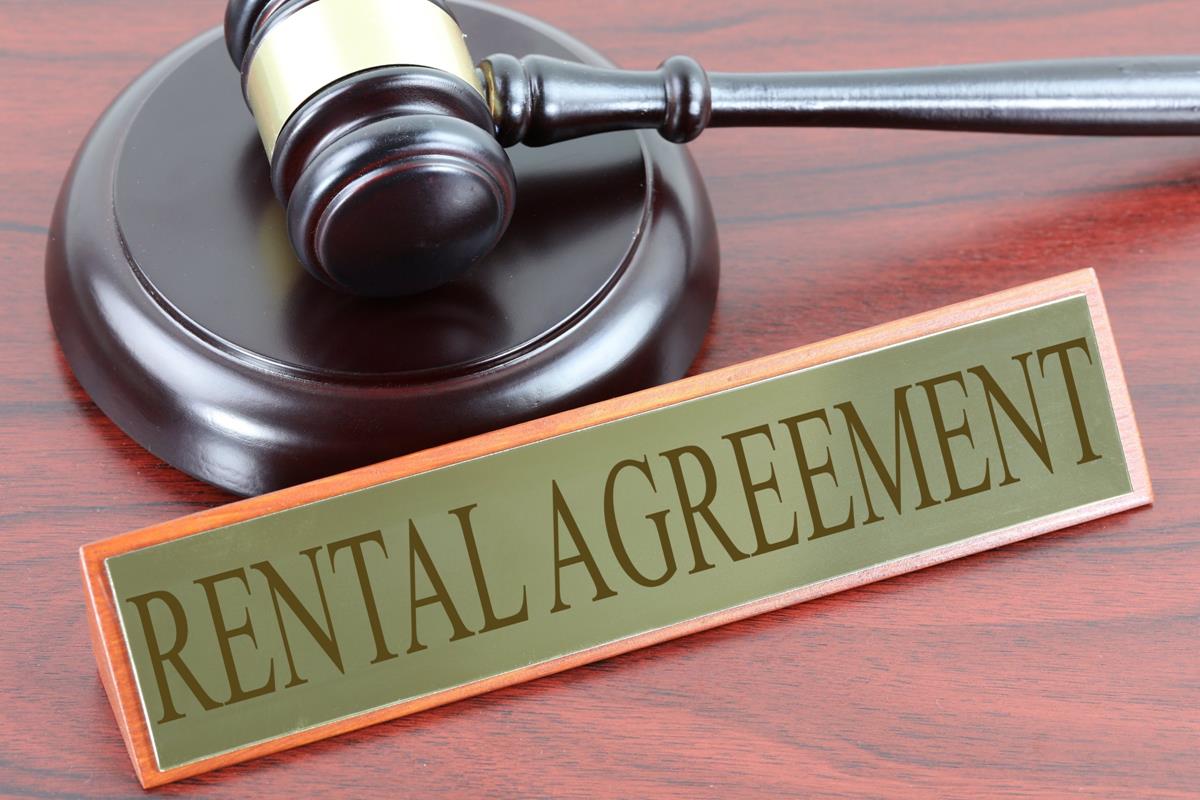These rental lease agreement templates are perfect for your commercial and residential lease agreement requirements.
What is a Rental Agreement?
A rental agreement or contract is the legally binding document that is generally signed between the tenant and a landlord.
Purpose of the Agreement:
The main purpose of the rental agreement is to specify a legal document that is utilized by the tenants for obtaining a given space or room as awarded by the property owner or the lessor
The agreement helps in defining the respective obligations and expectations of both parties. Upon signing the contract, the parties of the contract are imposed upon the respective services & obligations that they are expected to dwell by during the entire tenure of the agreement.
When it comes to the room, the rental agreement can be used when you are the landlord or the property owner and wish to lease some private room or the portion of your property to some secondary tenants. The room rental contracts are typically used to clarify expectations, responsibilities, and obligations of both the parties involved while promoting a peaceful living environment.

Points to include in the rental Agreements:
1. Date of the Contract: Mentioning the given dates of the contract –right from its beginning to its end.
2. Information about the tenants: The contract should list down the contact information of the tenants for identifying the personal details of the respective tenants being a part of the contract.
3. Premises or Property: Address or location of the premise being leased or given on rent.
4. Rent –the rent amount as well as a security deposit to be paid by the tenant
5. Duties & Obligations –the basic duties, responsibilities, and chores of each party under the contract
6. Amenities –the division of the utilities in the given contract. The section specifies the name as well as the contact information of the tenant having names on the utility bills, and how they aim to pay the same.
7. Damages –the responsibility of each tenant for the damage caused by them and how the overall costs of the damages will be shared.
8. Renter’s Insurance –whether or not the tenant will be buying the renter’s insurance
Never miss these in the rental agreements:
- Number of tenants allowed at a time
- Address & contact information of the tenants
- Duration of the lease
- Whether the room include furniture & utilities or not
- Whether or not the pets are allowed
- The mode of making payments
- The amount of security deposit to be made by the tenants
Benefits of the rental agreements:
- It can help in organizing discussions with the involved parties
- It helps in placing down ground rules for further steps
- The agreement serves as the referee to recall the parties that they are in some form of agreement
- When you sign a proper rental agreement, it helps in improving your overall living conditions
What happens in case of violation?
Upon the violation of the room rental contract, the parties are at the disposition of terminating the contract at the same time.
Negotiation strategy:
Whether you wish to negotiate with the owner over the rent period, amount, or your pets, it is essential to know what you are putting at stake while how hard it is to ask the landlord at the same time. Here are some negotiation tips:
- Contact the landlord in advance to get an idea of the rental requirements well in advance
- Try approaching the landowner during the end of the month with your room rental agreement negotiation
- If you are not able to come up with terms on a given condition, you can also consider presenting alternatives to the given problem
- Try being a model tenant in your landlord’s eye to negotiate easily





